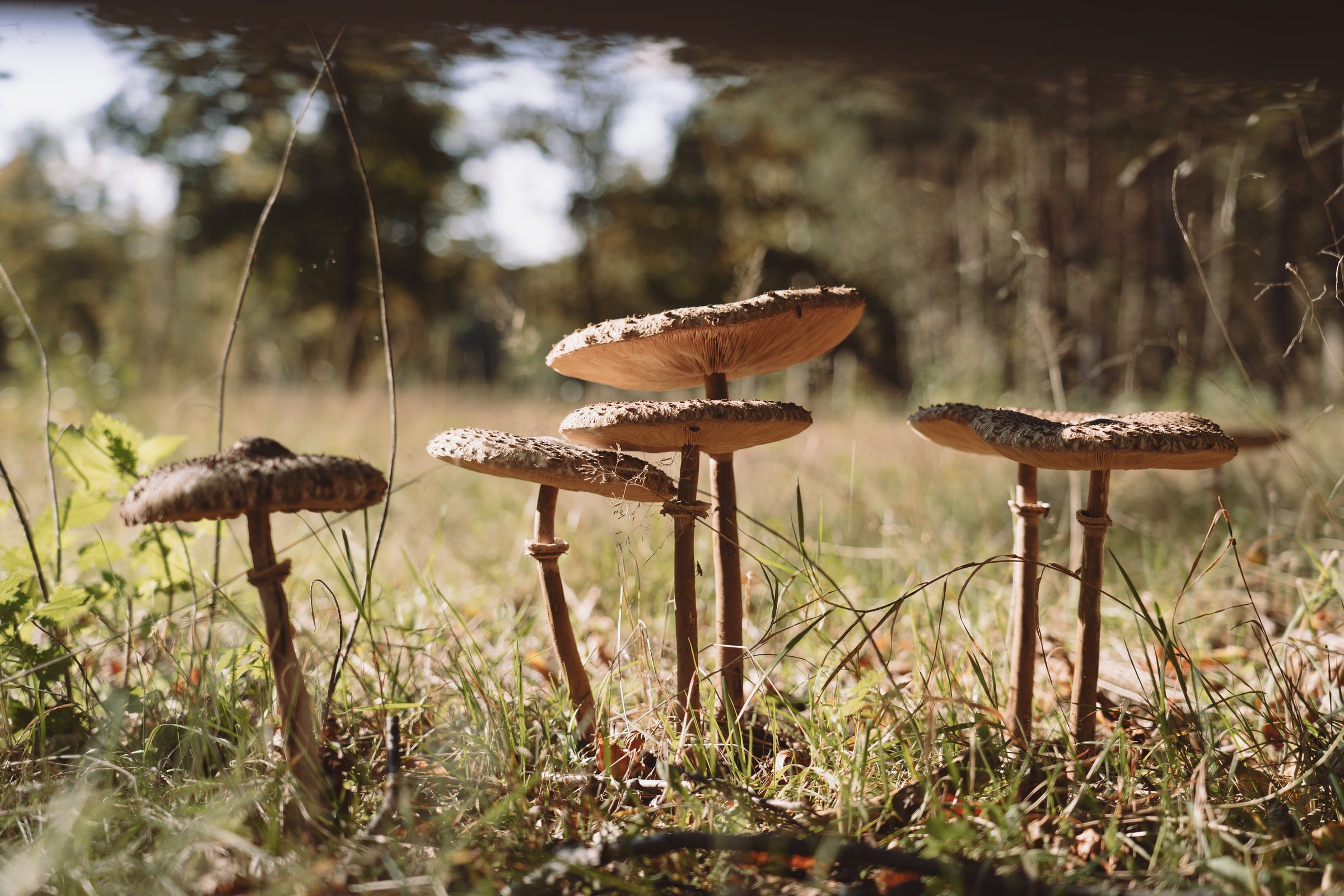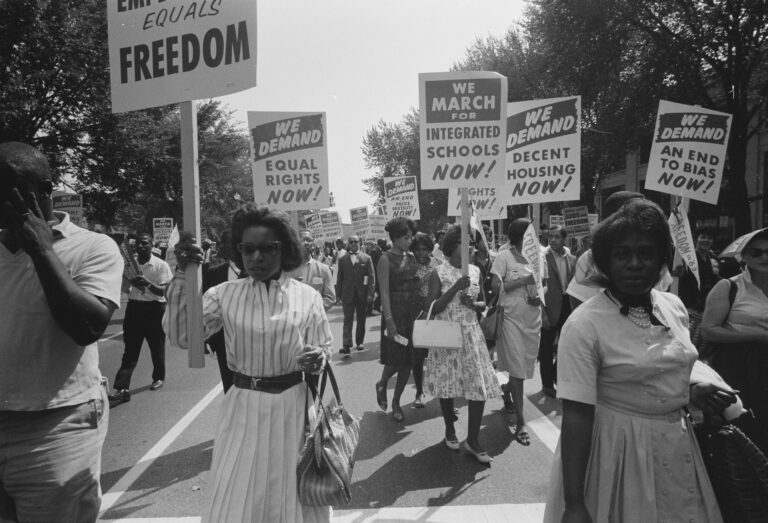Seeing the Conflict
While we might intellectually know the importance of taking action out in our communities, putting that into practice can be complicated for us. Part of what may be going on is that we aspire to be a part of something that’s going to help, and we want to do it in a way that feels consistent with our values, but we don’t know how. Furthermore, for some of us, including those who may consider themselves organizers, activist spaces can feel conflict-ridden and alienating, even as we appreciate their courage. We might not know how we fit in, whether we belong, or how we’re meant to participate.
Given this quandary, what do we do? Just not show up because we can’t figure it out? As we can neither justify remaining absent nor participating in activism rooted in anger, we freeze, confused, and suffering. Meanwhile, the world awaits our contribution.
Meeting the Conflict with our Practice
We offer Standing Practice* as one simple framework for practitioners to take their practice out into the world, standing in solidarity with life. We invite you to participate in this practice metaphorically as an integration of the contemplative with the activist and literally as your physical body allows. Whether with others at a site of ecological harm or environmental injustice or in solidarity from the place of our own cushion, we can stand. Standing supports us in bringing a nonreactive, humble and determined stance to our engagement.
In particular, we can bring our practice to activist moments as an antidote to reactivity. We are up off of the cushion, and yet the cushion is with us. And we don’t have to proselytize in these moments; we can live the dharma and let the energy of presence speak for itself. In this way, our sense of integrity as well as activist spaces can benefit. Our participation in collective action blossoms from our spiritual work.
*It is important to reiterate that this practice does not need to be done in a literal standing position. It can be practiced seated in a wheelchair, or even seated or lying on the ground, however your body might want to explore this invitation and these energies.
There is sitting in our standing;
there is standing in our sitting.
Standing Practice: A Short Guide
Your meditation community as well as online videos can offer further instruction, but we offer here a short guide on how to practice standing.
- Stand with your feet hip-width apart and with toes pointing straight forward. As you roll your shoulders back and elongate your spine, soften the backs of your knees. Your pelvis should relax downward. If you are practicing from a wheelchair or other chair, energize the your connection to the ground. Some find it helpful to imagine that roots are extending down from your feet (or your seat) into the ground.
- Ensure that you are balanced over your feet, leaning neither forward nor backward and then relax the muscles of your face, head, neck, and belly. Float the tip of your tongue up toward the roof of your mouth, just behind your upper front teeth. If you like you can bring a gentle smile as an invitation to friendliness.
- Bring your attention to your breath with several deep inhalations and exhalations. Then allow the breath to become natural, inviting the mind to remain present with increasing calm and stillness.
- It is here that you can introduce the sense of standing with or standing for. Whether you are standing at an actual site of harm or in a conventional meditation space, cultivate the sene of standing in solidarity with active protesters at other sites, standing in solidarity with human communities at the frontlines of environmental injustice, or standing in solidarity with all beings in the web of life who are on the frontlines of ecological harm. You can stand with trees or mushrooms. Cultivate inner stability amid active engagement. We invite you to explore the attitude and, so long as it is safe and you are able, the embodiment of standing with life.
- It takes time to develop this practice on many levels. As you practice, your standing posture, metaphorically and where possible literally, can be extended in time, starting at 10 minutes and growing to even 45 minutes or more, developing the spiritual qualities you cultivate along the way.
Calls to Action/Places to Practice
In formal meditation:
- In your personal practice: stand for a period of meditation instead of sitting.
- Begin to bring mindful attention to the whole body in other moments of standing in your daily life.
- In your meditation communities: stand together for a period or full day of meditation.
Across the World:
- Attending protests/actions to stand with Indigenous, activist, and faith leaders. Bring your standing and sitting practice to these moments.
- Tuning into your region, anywhere in the world, and finding where the fossil fuel industry is desecrating land and the most marginalized communities. Bring your bodies to bear witness and stand in those places, preferably in large, loving groups.
- Standing for injustices in front of your local capital buildings, mayoral offices, city councils, etc.
- Going outside to stand with trees and the interdependent living Earth community.







